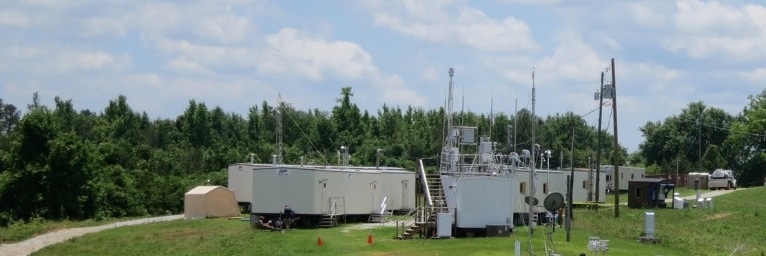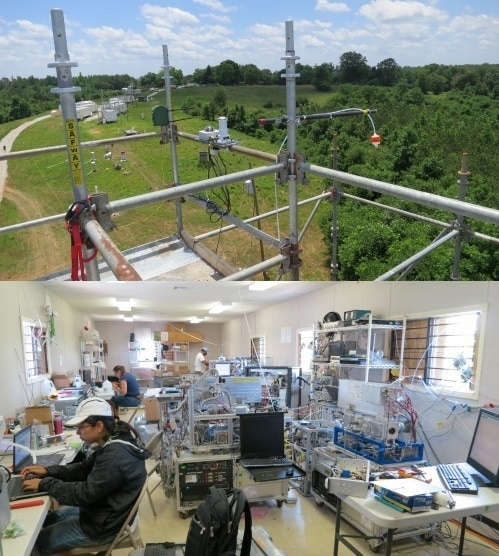IMS-MS is quickly being accepted by bioanalytical researchers. The potential to rapidly isolate isomeric compounds is of particular interest for the fields of lipidomics and metabolomics where various isomers sometimes show big differences in biological activity.

Benefits of IMS-MS
Incorporating an IMS dimension to MS analyses could also be of significant advantage for atmospheric measurements. In that case, scientists are frequently confronted with the challenge that several molecules from organic aerosols cannot be adequately well identified based on MS alone. However, these identifications, particularly for isomeric molecules, are critical for determining chemical mechanisms that inform climate models. IMS-MS instruments could thus significantly enhance the understanding of reactions in the atmosphere.
On the whole, the strong construction, small size, and high IMS resolving power of the TOFWERK IMS-TOF propose a possibility to bring the benefits of IMS-MS to the demanding research environments that are characteristic of atmospheric research. Such potential is presented in a current paper in Atmospheric Measurement Techniques by Krechmer et al.
Applications of TOFWERK IMS-TOF
Molecular structure and elemental composition of organic species in ambient air were characterized at the same time using a TOFWERK IMS-TOF that was always in operation for multiple weeks at a remote Alabama field site during the 2013 Southern Oxidant and Aerosol Study (SOAS) campaign.
The IMS-TOF data set produced several interesting outcomes, including differentiation of organosulfates obtained from isomers of isoprene epoxydiols (IEPOX). Fragmentation of precursor ions by collisionally induced dissociation (CID) was used to validate MS peak assignments, explain structures of oligomers, and prove the presence of the organosulfate functional group.
The gas and aerosol IMS-TOF data sets offer important chemical information that cannot be derived from high-resolution mass spectrometry alone.

Top: Aerial view of the SOAS field site in Brent, Alabama taken from a tower that was installed to sample air above the forest canopy. The white trailers in the top half of the photo served as the laboratories. Bottom: A look inside one of the trailer laboratories. Ambient outdoor air was directly sampled through inlets in the windows and walls. Photos compliments of Jimenez Research Group, U of Colorado Atmospheric researchers from around the world brought instrumentation to the SOAS campaign for the measurement of many different types of chemical compounds. Data were shared and inter-compared in order to understand the complex chemistry of the atmosphere in this region, where urban air masses mix with forest emissions. The campaign included long-term measurements (three to five weeks) from multiple ground sites and measurements from research aircraft flying over the region.

This information has been sourced, reviewed and adapted from materials provided by TOFWERK.
For more information on this source, please visit TOFWERK.